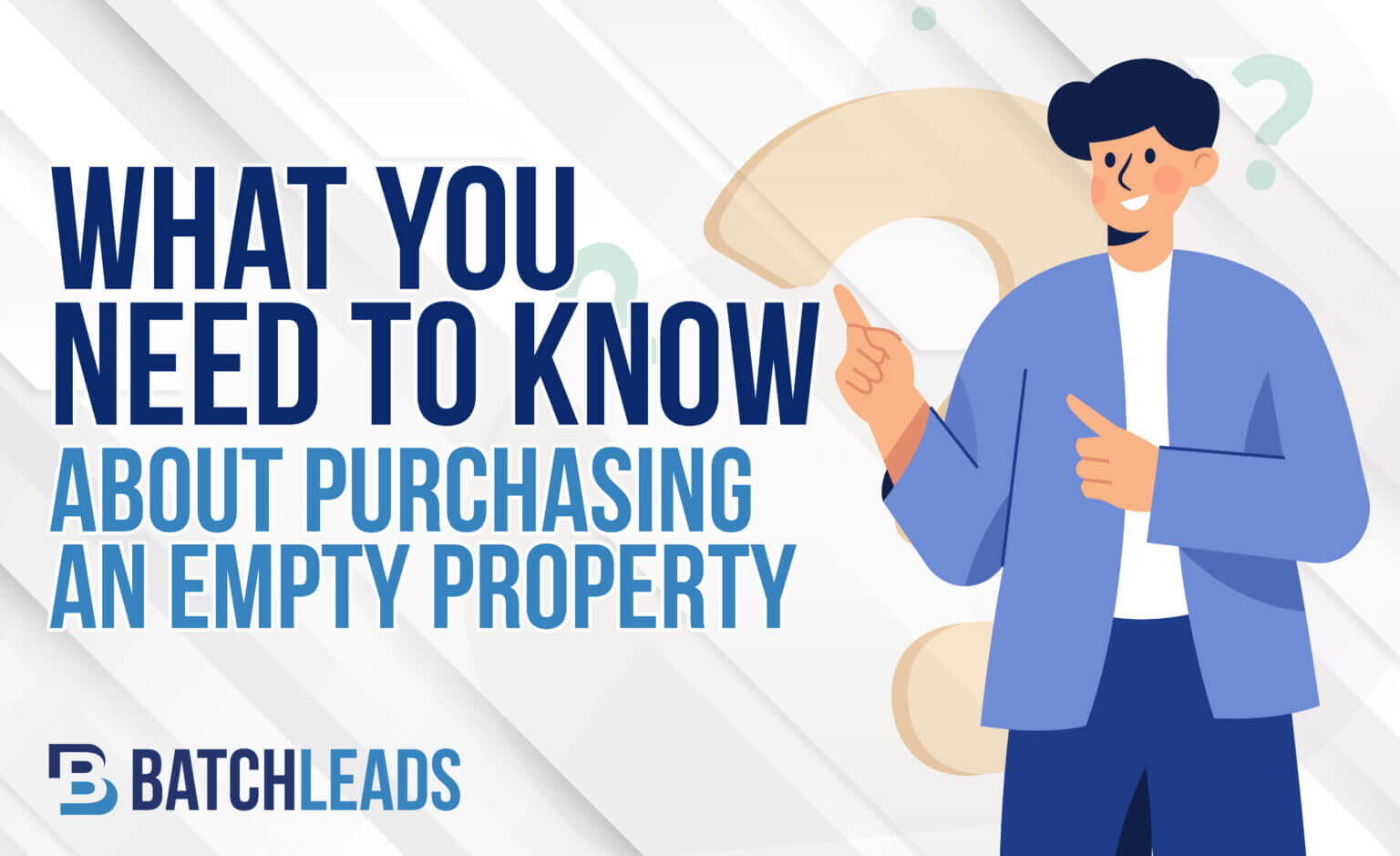Property investment can be a lucrative business, especially if you upgrade the real estate. While many investors stick to buying and renovating established buildings, there’s a lot to be gained by choosing an empty property. Of course, to make the most of your purchase, you need to understand the pros and cons.
What Defines an Empty Property?
An empty property, also called vacant or undeveloped land, is an area that lacks the following:
- Buildings
- Services
- Infrastructure
Some places, such as wilderness preserves and government-held forests, are left undeveloped on purpose. Others, such as farmland, fall under the definition because they lack urban services.
Pros of Purchasing an Empty Property
When you buy empty property, you’re responsible for development. Starting with a clean slate offers several benefits.
Great Investment Potential
Land tends to increase in value over time, especially if you improve it. If you want to rent or sell in the future, you’ll likely cover what you spent and have a tidy profit on top.
Less Competition
Most people looking for property want a house to move into. As a result, property investors buying residences have to compete with potential homeowners. In contrast, undeveloped land is rarely an option for house hunters. That means you have less competition and can drive a harder bargain.
Fewer Maintenance Costs
There’s nothing to maintain if you don’t develop the land, which means no expensive repairs. The new buildings will require maintenance if you build, but not as much as older structures. You can also plan more sustainably, resulting in lower energy bills.
More Flexibility
You have more flexibility with undeveloped land than urban real estate. You can create a house or office tailored to your needs without worrying about demolition or retrofitting existing infrastructure
Cons of Purchasing an Empty Property
Of course, the empty property has its downsides. When considering if vacant land is worth purchasing, you must weigh the cons against the pros.
More Time
Since you’re starting from scratch, construction will take longer, which means it may be months before you can use your property. The process is more intensive than remodeling an existing building because you need to lay down sewage lines and other infrastructure that most urban properties already have.
Required Easements
Many undeveloped plots have easements, legal agreements allowing specific parties to access the land. Some easements stay in place even when the land is sold, which means you have to abide by a legal agreement you didn’t make.
You may need to arrange easements of your own if your property doesn’t have access to utilities and roads. It’s essential to ascertain these limitations before purchasing, or you’ll be stuck with an unexpected legal process.
Expensive Permits
Before you can build, you need a permit. These are given by local governments for a fee and ensure you comply with local zoning laws and regulations. Depending on your plans, these fees could add up.
Restrictive Zoning
Municipalities limit how landowners can use their properties depending on their location. Before you purchase empty property, make sure you check the zoning.
Large Down Payment
When you buy developed property, the building usually acts as collateral. However, purchasing vacant land doesn’t offer the same level of assurance. As a result, most buyers have to make a larger down payment than they would for developed land.
Buying & Building on Undeveloped Land
To purchase vacant land, you need a land loan. This financing is specifically designed for applicants who want to invest in empty properties.
You’ll also want to hire a professional surveyor to determine property lines and encroachments. While the seller may offer this information, you need to check it out for yourself to ensure you don’t get scammed.
Key Takeaways
An empty property can be an excellent investment, but you have to be prepared for a lengthy construction process. With the right resources and careful research, you can build the perfect space for your unique needs.



